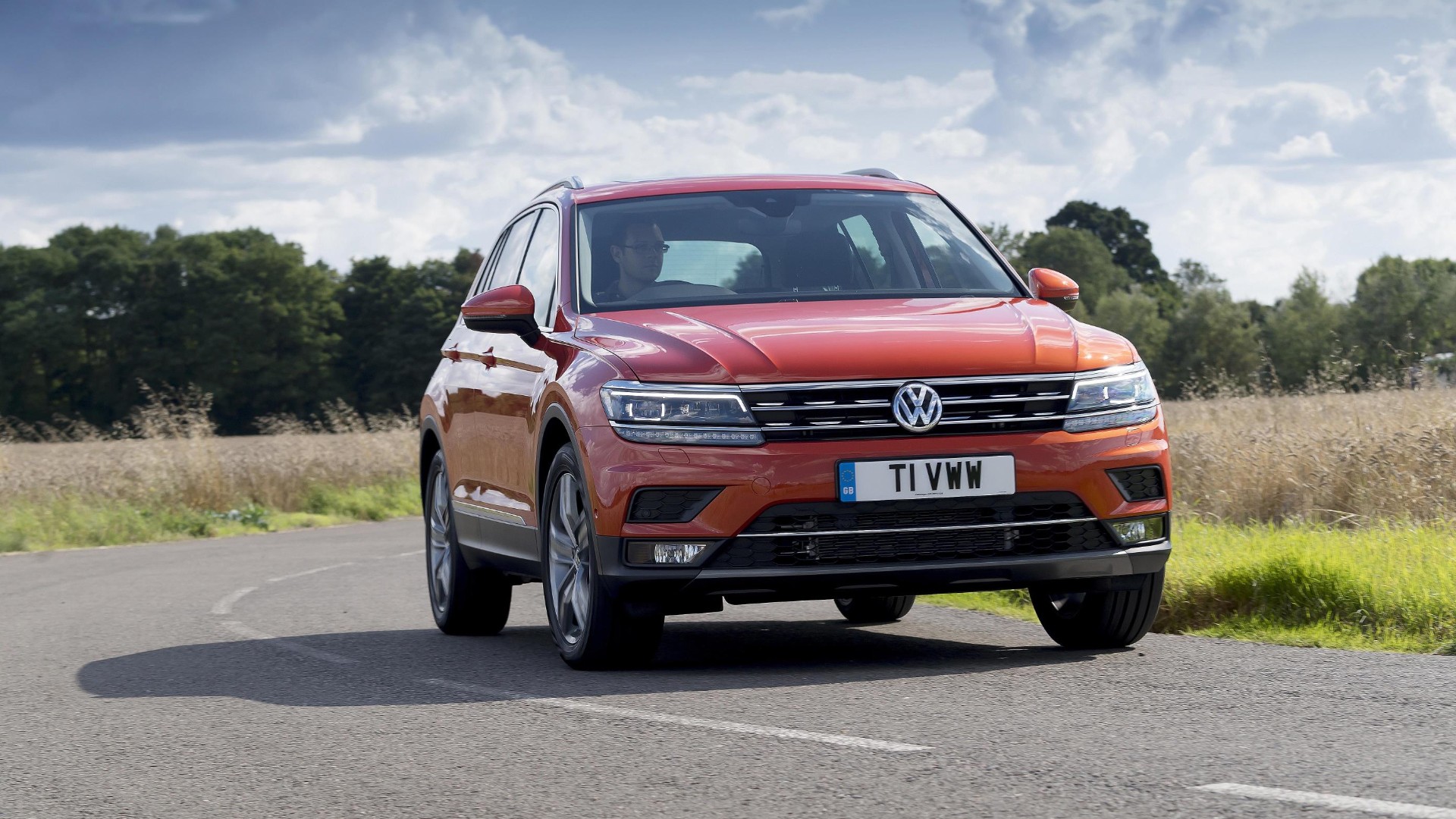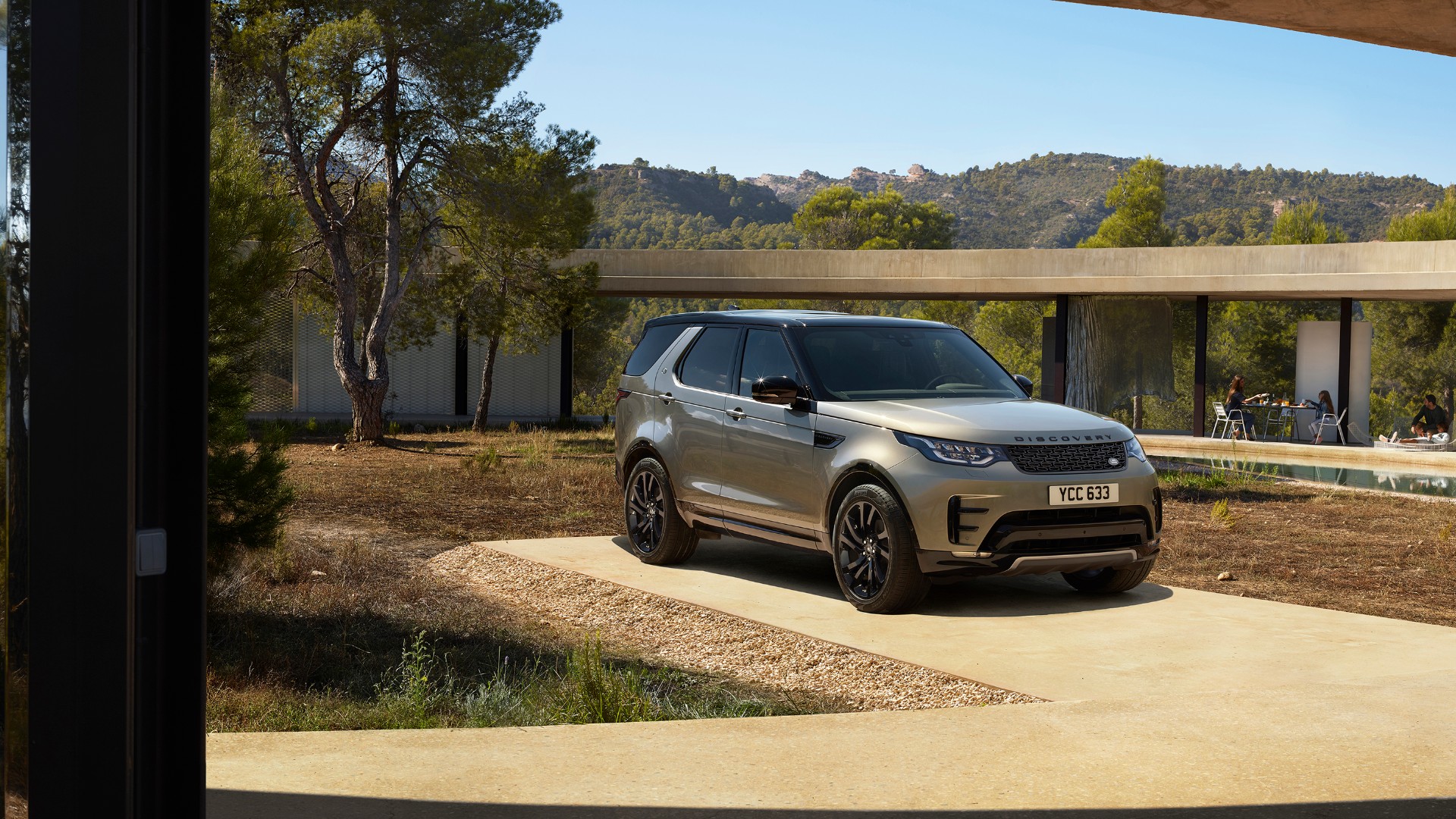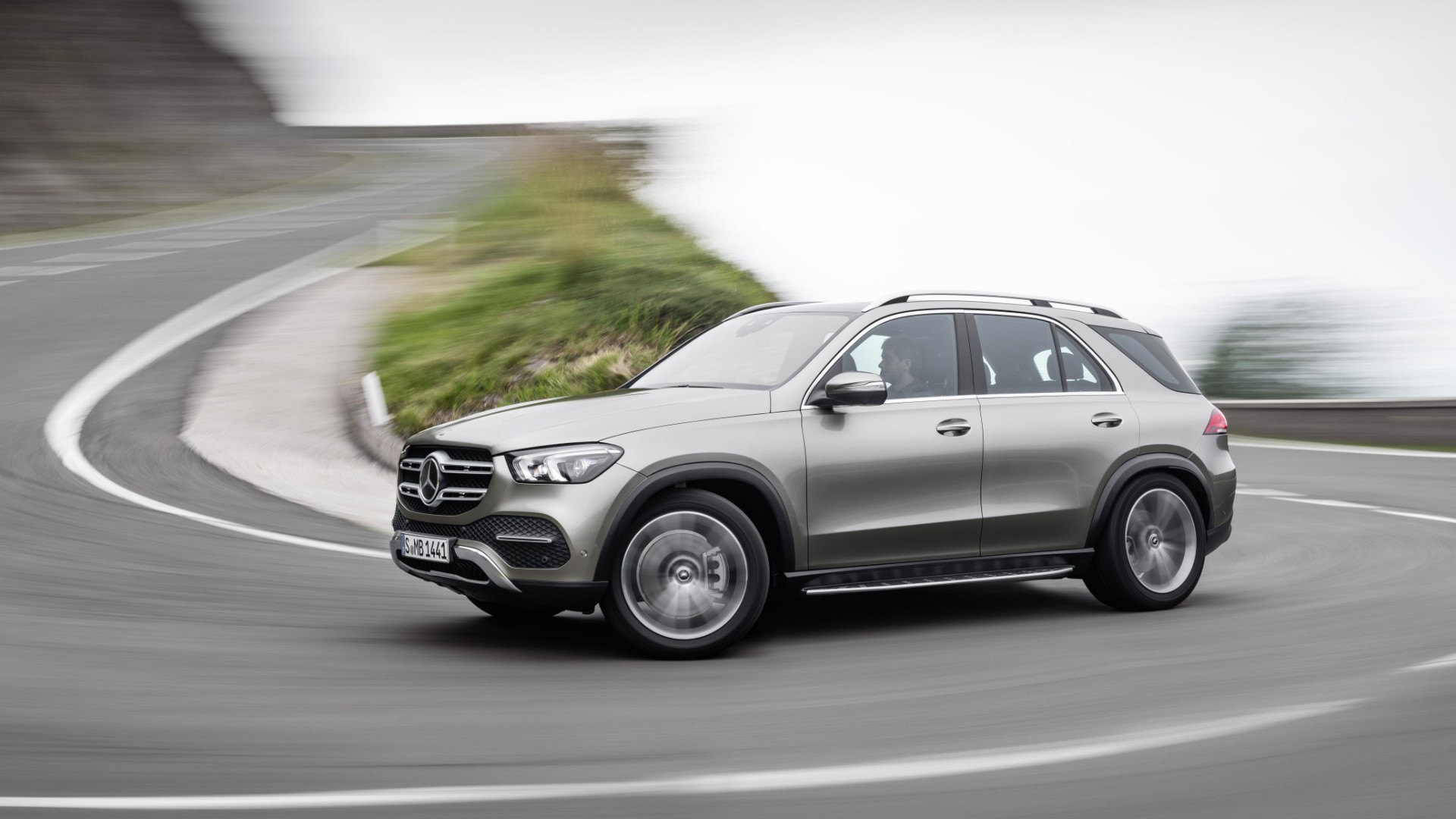
New figures from JATO Dynamics suggest a surprising trend. After years of rapid growth, demand for SUVs is slowing down.
SUV sales grew by 0.7 percent in June, with 556,400 shifted in Europe. While that’s still an increase – and indeed the third-highest month ever in terms of units sold – the rate of growth for the segment has slowed.
The bulk of the slowdown can be attributed to a five percent drop in the popularity of large premium SUVs. Mercedes-Benz, Volvo and Land Rover saw double-digit drops in popularity of premium SUV models.
Perhaps more curious is the drop in popularity of crossover SUVs such as the Nissan Qashqai, Volkswagen Tiguan and Peugeot 3008. Sales of the Nissan were down 15 percent, while the Volkswagen and Peugeot dropped 18 percent.
Slowdown catching up with SUVs

Felipe Munoz, JATO’s global analyst, believes there are a couple of reasons for the slowdown of SUVs.
“Although it was still the third-highest month ever for sales in the segment (behind March 2018 and March 2019), there are two factors that explain the limited growth,” says Munoz.
“The first is that the poor conditions of the wider market are finally impacting SUVs, which are usually more expensive than regular car types. The second, which is more concerning, is that SUV demand may be peaking after many years of growth.”

Logically speaking, what climbs must eventually plateau. Demand increase cannot be exponential. With the contraction of the market as a whole, it’s only logical to expect that even the strongest performers will eventually feel the burn.
As for the rest of the car market? It’s business as usual. Diesel takes a tumble yet again, with a 21 percent drop in registrations in June for a 31 percent market share. Electric car popularity is growing, with a 20 percent increase in demand.
EVs remain a minority, however, making up just 7.5 percent of all cars sold.